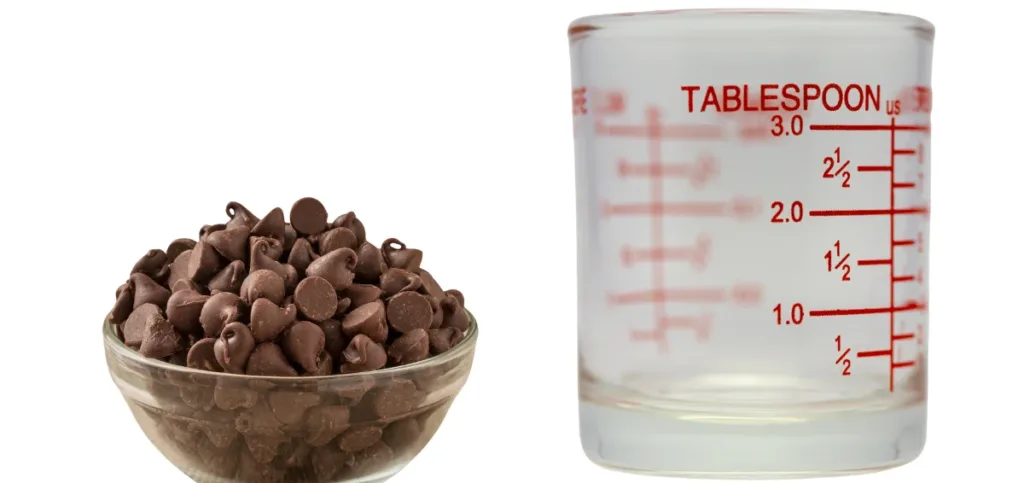Decoding the Secret of Chocolate Chip Measurements
Chocolate chips are a staple in many kitchens, beloved for their versatility and deliciously sweet contribution to countless recipes. Whether you’re baking chewy cookies, crafting a decadent cake, or simply enjoying them as a snack, understanding their exact measurement is crucial. One common question arises time and again — how many grams are in a cup of chocolate chips? This query, while seemingly simple, can spawn a surprising range of answers due to several factors that need consideration.
For those who are curious about creating the perfect recipe, ensuring precise measurements can make a real difference. The average weight of one cup of chocolate chips is approximately 150 to 175 grams. However, several variables can lead to slight variations. For example, the size and type of chocolate chip, whether it’s mini, regular, or jumbo, will impact the overall weight. Similarly, the brand can also lead to discrepancies as different manufacturers may use varying amounts of cocoa and sugar, which influences weight.

The type of chocolate chip is another crucial factor. For conventional semi-sweet chocolate chips, a cup will weigh approximately 150 grams. Dark chocolate chips tend to be slightly lighter due to reduced sugar content, whereas milk chocolate chips may weigh more because of added milk solids and sugars. Understanding this distinction not only helps in precise baking but also assists in determining nutritional content, an aspect of growing importance for health-conscious bakers.
Baking, while often seen as an art, is equally a science. Thus, precision in measurement is vital in achieving the intended flavor and texture. When a recipe calls for a cup of chocolate chips, and accuracy matters, consider using a kitchen scale for a foolproof approach. Weighing ingredients ensures that even if you don’t fill the measuring cup perfectly, you’re still on the right track. This method is particularly beneficial if you’re trying to duplicate a recipe from a different country, as measurement standards can vary globally.
For bakers with a penchant for experimentation, knowing these measurement intricacies can also aid in modifying recipes. If you’re adding a unique twist to a recipe and substituting different kinds of chips, understanding how their weights affect proportions can be a game-changer. It can mean the difference between a perfectly gooey chocolate chip cookie and an overly dense one. Such revisions not only keep the love for baking interesting but also tailor recipes to personal preferences and dietary needs.
Moreover, with a well-calibrated measurement, choosing alternative chocolate chips, such as those made from cacao nibs or vegan variations, becomes easier. These alternatives often have distinct weights compared to traditional chips, but once you understand the weight of a standard cup, adjusting a recipe to accommodate these substitutes becomes straightforward. This adaptability is key in modern kitchens, where dietary preferences are diverse and ever-evolving.
In essence, while the inquiry of how many grams are contained in a cup of chocolate chips may initially seem trivial, it unlocks a world full of culinary exploration and precision. Such knowledge empowers not only the pursuit of exactness in recipes but also the freedom to experiment with novel flavors and textures. As anyone who has ever savored a freshly baked chocolate chip cookie knows, the joy of baking — and consuming — often lies in these perfect little details.













